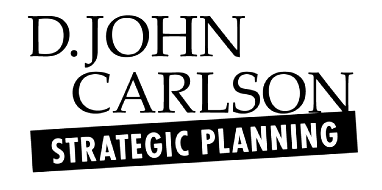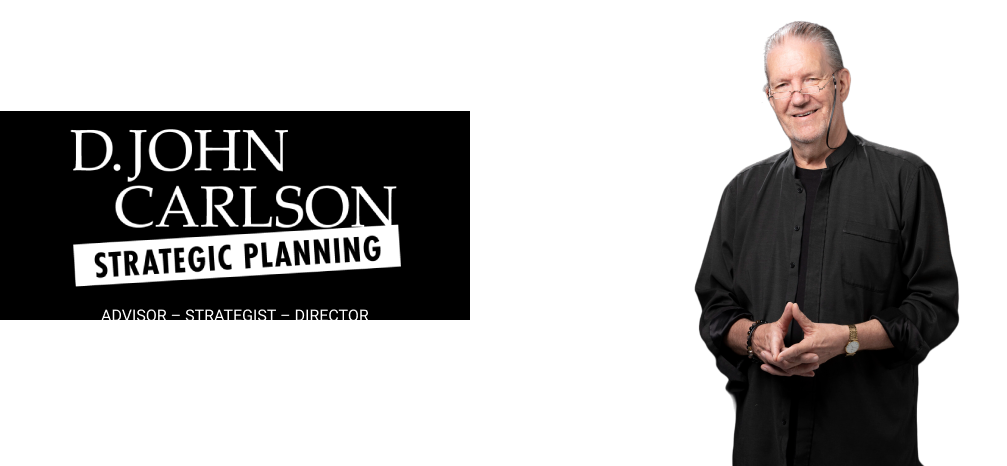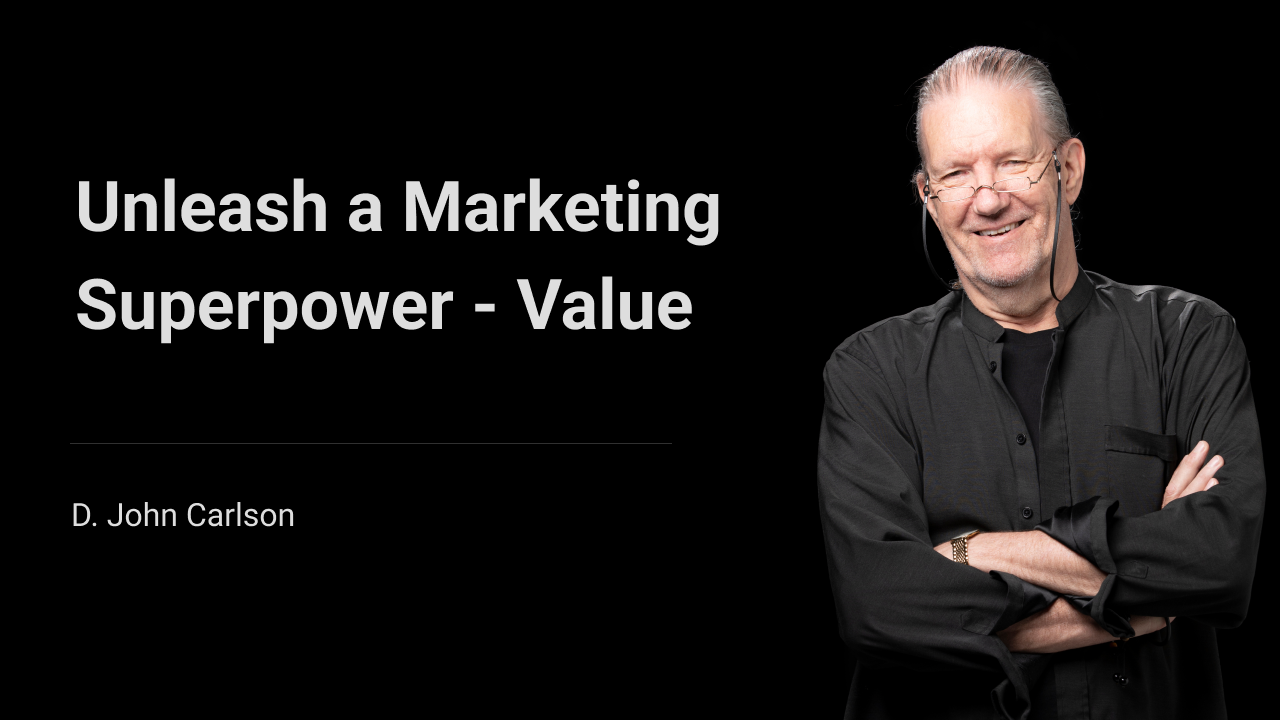Mindset Customer Value proposition. Competitive advantage. Pricing. One summer’s day not so long ago, I visited a Harvey Norman store to look at and hopefully buy a new fridge. It took me only a handful of minutes to identify the fridge I wanted to purchase. It was not on special, but it had the features and characteristics I wanted at what I thought to be a good price. Despite this, I purchased the fridge from another retailer. I went to another retailer for two reasons. Firstly, the Harvey Norman sales representative insisted that I provide my mobile phone number, which I refused to supply; nobody at Harvey Norman could tell me the time of day that the delivery truck would arrive the next day. At the other retailer, my phone number was not requested, and a delivery time was provided. Harvey Norman may not consider me their target market,…


 Back
Back
